In this post we will propose five cognitive stimulation activities for people with intellectual disability designed by NeuronUP under the principles of generalization.
What is intellectual disability?
Intellectual disability (ID) is a neurodevelopmental disorder characterized by significant limitations in intellectual functioning and adaptive behavior. These limitations manifest during the developmental period.
Causes
ID can be due to multiple causes:
- Metabolic,
- infectious,
- chromosomal,
- environmental,
- nutritional,
- toxic: intrauterine exposure to alcohol, cocaine or other drugs,
- and other diverse causes
Also, it can originate at different times. For example, before the baby is born, during delivery or as a result of a serious illness in childhood.
Symptoms
Social and practical skills are affected, that is, the daily living skills needed to live, work and play in the community. These skills may include: communication, social and interpersonal skills, self-care, domestic life, self-control, basic academic skills (reading, writing and basic mathematics), work, leisure, health and safety.
A limitation in adaptive capacities is considered to exist if there is a deficit in at least two of these areas compared to children of the same age and culture.

Subscribe
to our
Newsletter
Cognitive stimulation in people with intellectual disability
Cognitive stimulation is recommended for all people with intellectual disability in order to:
- Enhance their existing abilities,
- attempt to develop to the fullest those they do not have,
- provide them with strategies to compensate for those they cannot develop.
Thus, the aim is for them to have the most functional and autonomous life possible.
The NeuronUP cognitive stimulation program allows neuropsychologists, occupational therapists and speech therapists to adapt each activity to the particularities and needs of each person with intellectual disability.
The examples of cognitive stimulation activities for people with intellectual disability described here have been developed by NeuronUP under the principles of generalization.
Cognitive stimulation activities for people with intellectual disability
1. Select items from a category
What does it involve?
The user has to select a series of items specific from a group of stimuli.
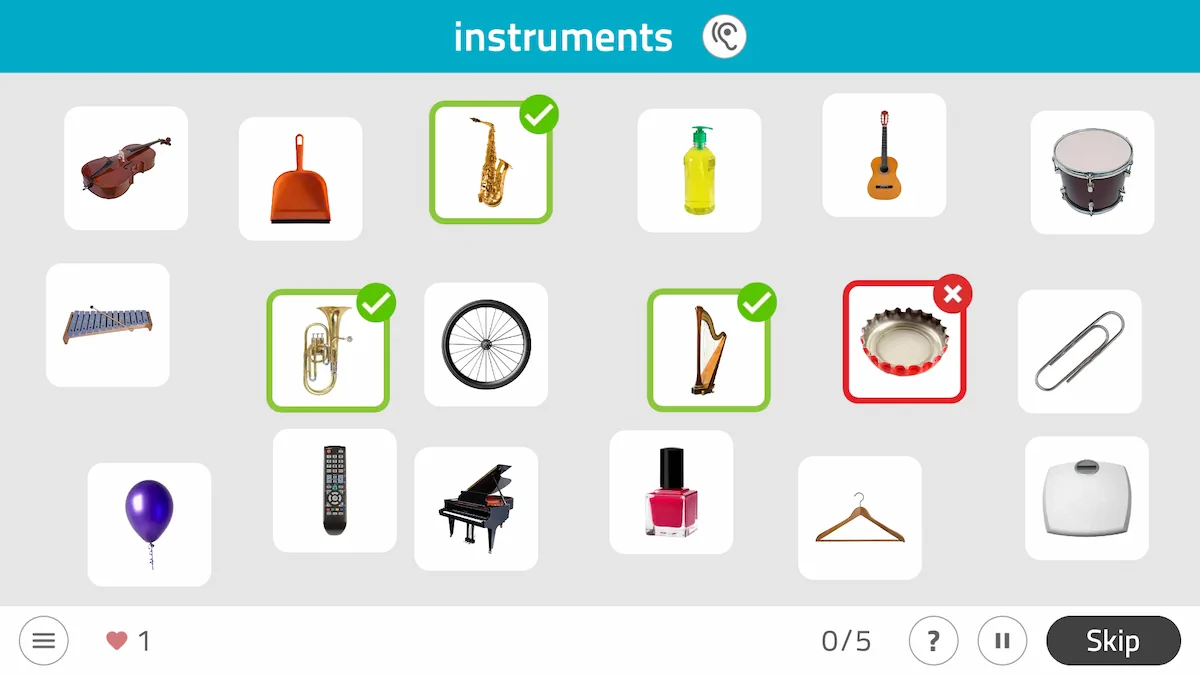
What does this activity work on?
This cognitive stimulation activity for people with intellectual disability helps to work on selective attention and semantic memory.
Play by levels
There are five levels of difficulty. In the easiest levels it will be easier, since there will be fewer objects to select. However, at more advanced levels it will be increasingly complicated, since there will be more images to choose from.
Format
This worksheet is available both in digital format and on paper.
2. Objects, places and professionals
What does it involve?
In this activity you must relate various objects to the places where they are obtained and the professionals responsible for them.
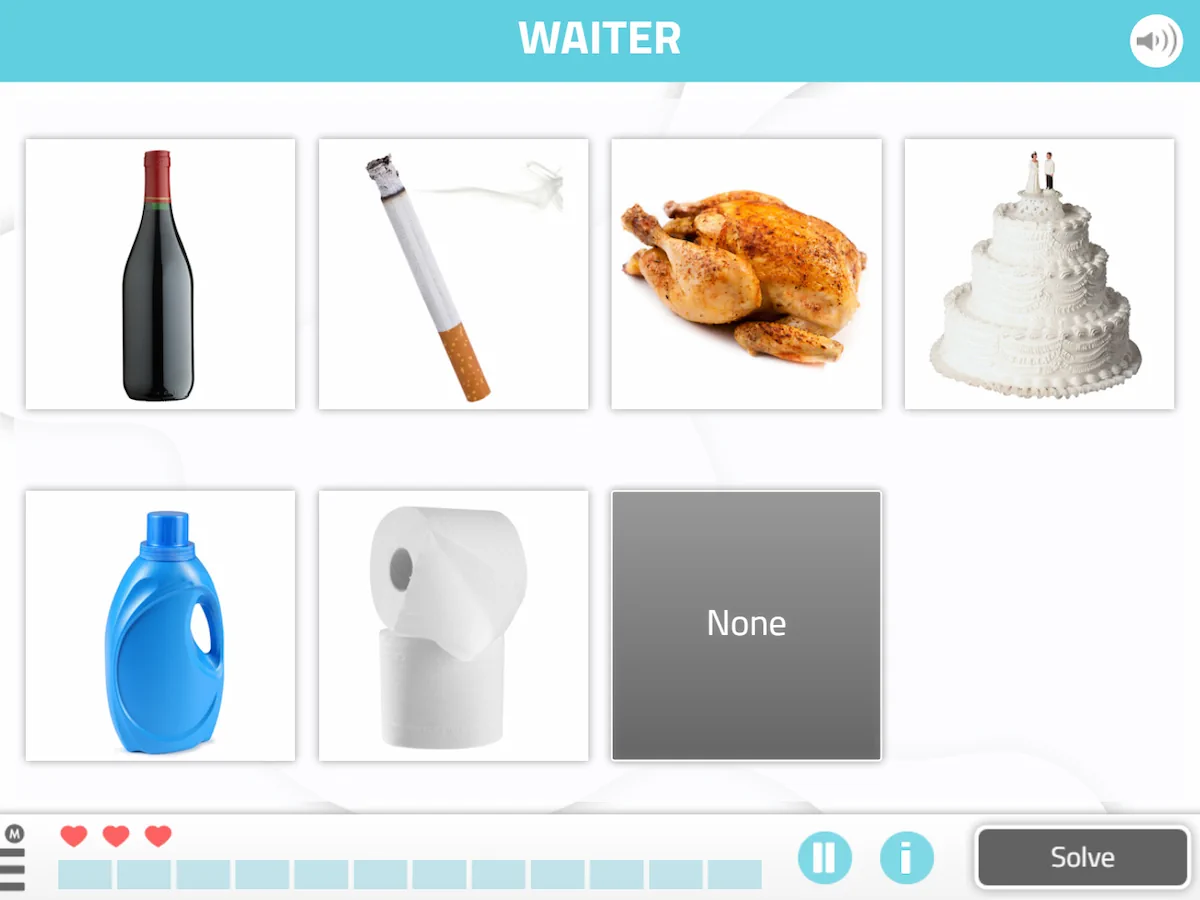
What does this activity work on?
Play by levels
We work on semantic memory, place orientation and gnosias.
Likewise, this exercise can be played by levels. There are four levels of difficulty.
Format
Also, this worksheet is available both in digital format and on paper.
3. Memorize the order
What does it involve?
This is an exercise that consists of arranging a series of visual elements previously memorized.
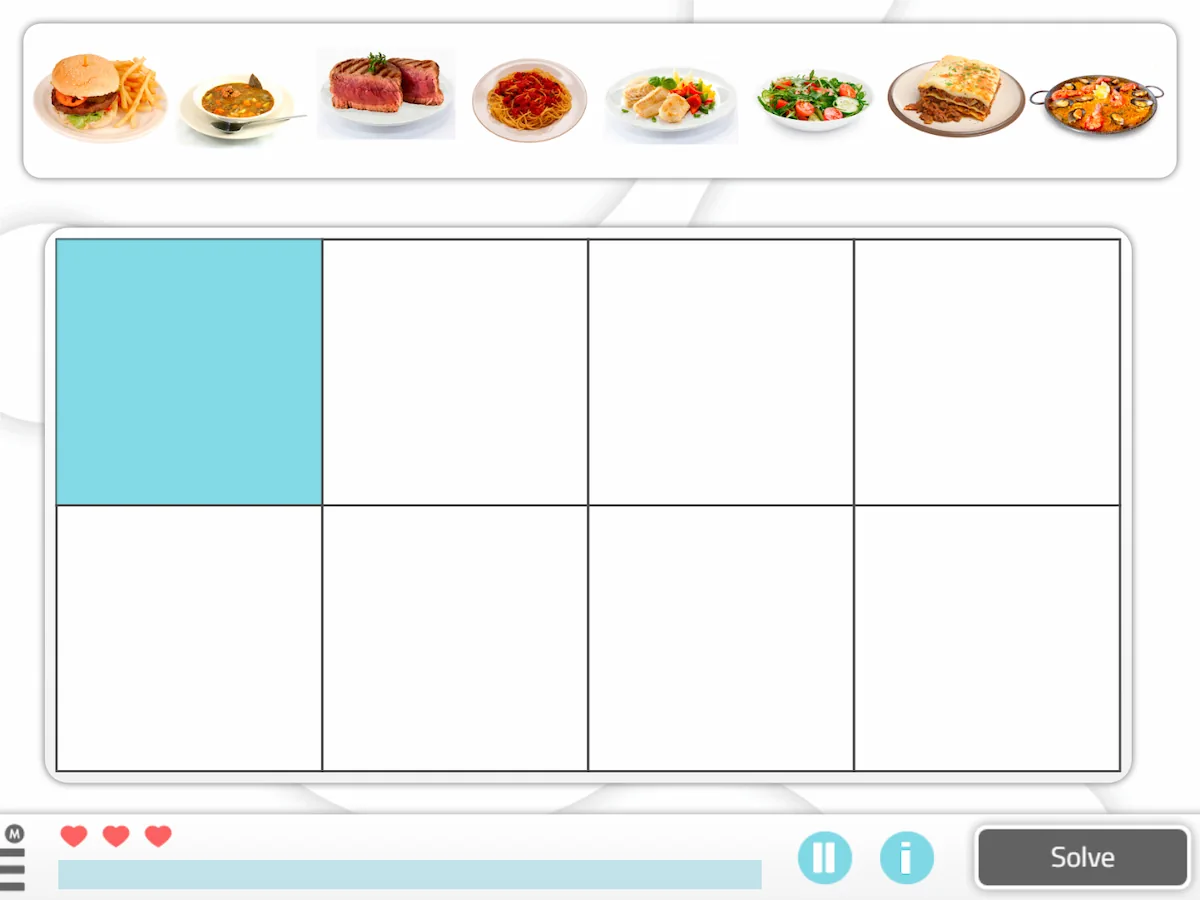
What does this activity work on?
This activity is designed to work on episodic memory. This memory allows what we remember to be facts or events, lived experiences located in space and time.
Personalization of the activity
Parameters
You can select the number of elements, the number of exercises and the category of the elements.
General aspects
You can adjust general aspects such as the type of operation, the maximum time, whether or not you want a timer and an inactivity alert. Also, it is possible to modify the execution instructions. Additionally,
4. Matching Nouns to Images
What does it involve?
This worksheet consists in matching each noun with the image that represents it.
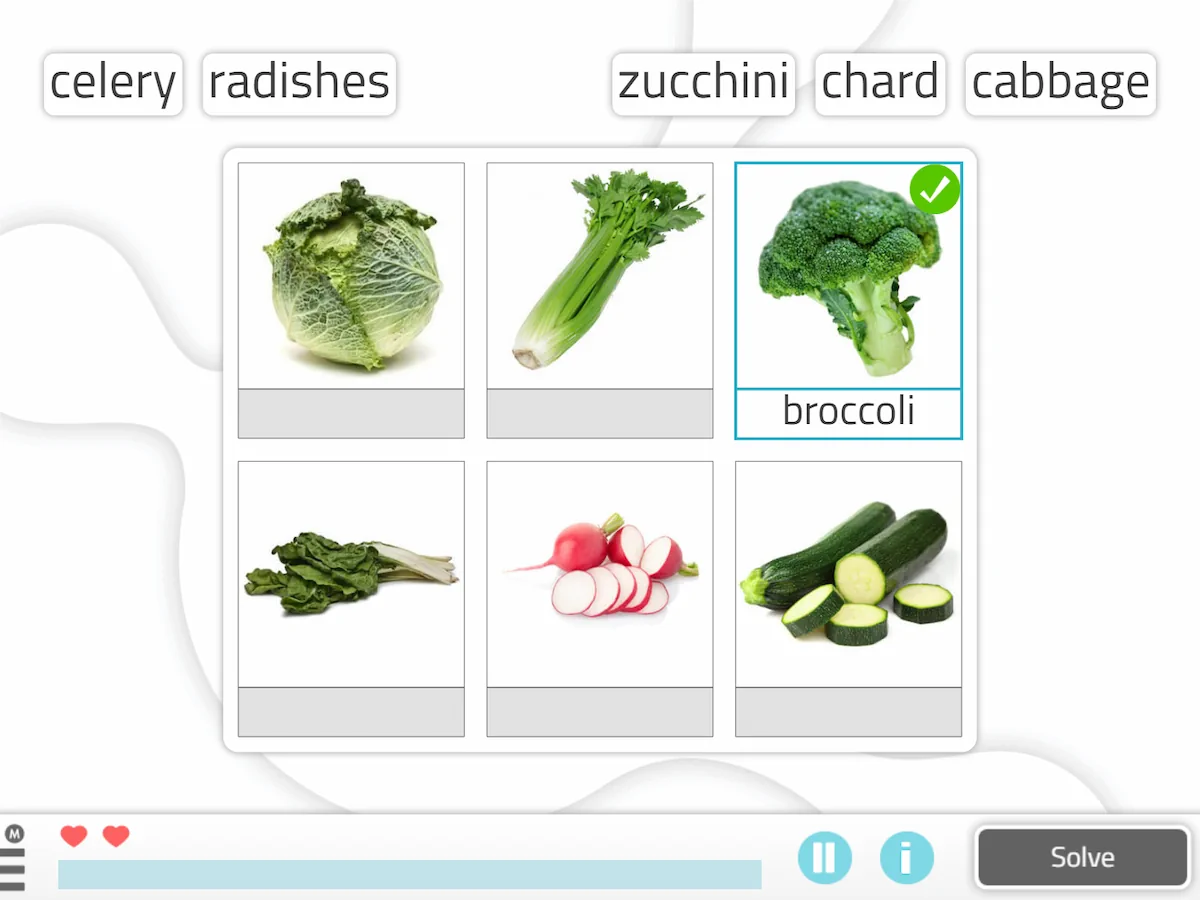
What does this activity work on?
This worksheet is created for the professional to work on vocabulary with their users to expand their lexical knowledge.
Play by levels
There are five levels. In the simplest levels it will be easier, since there will be fewer images to match with their nouns and they will be simpler words, while at the more advanced levels there will be a greater number of words and they will be more complicated.
Format
Likewise, this worksheet is available both in digital format and on paper.
5. Emotion recognition
What does it involve?
It is an activity that consists in recognizing the emotions shown and matching them with the terms that define them. In this case you have to choose whether this young man shows hatred or amusement.
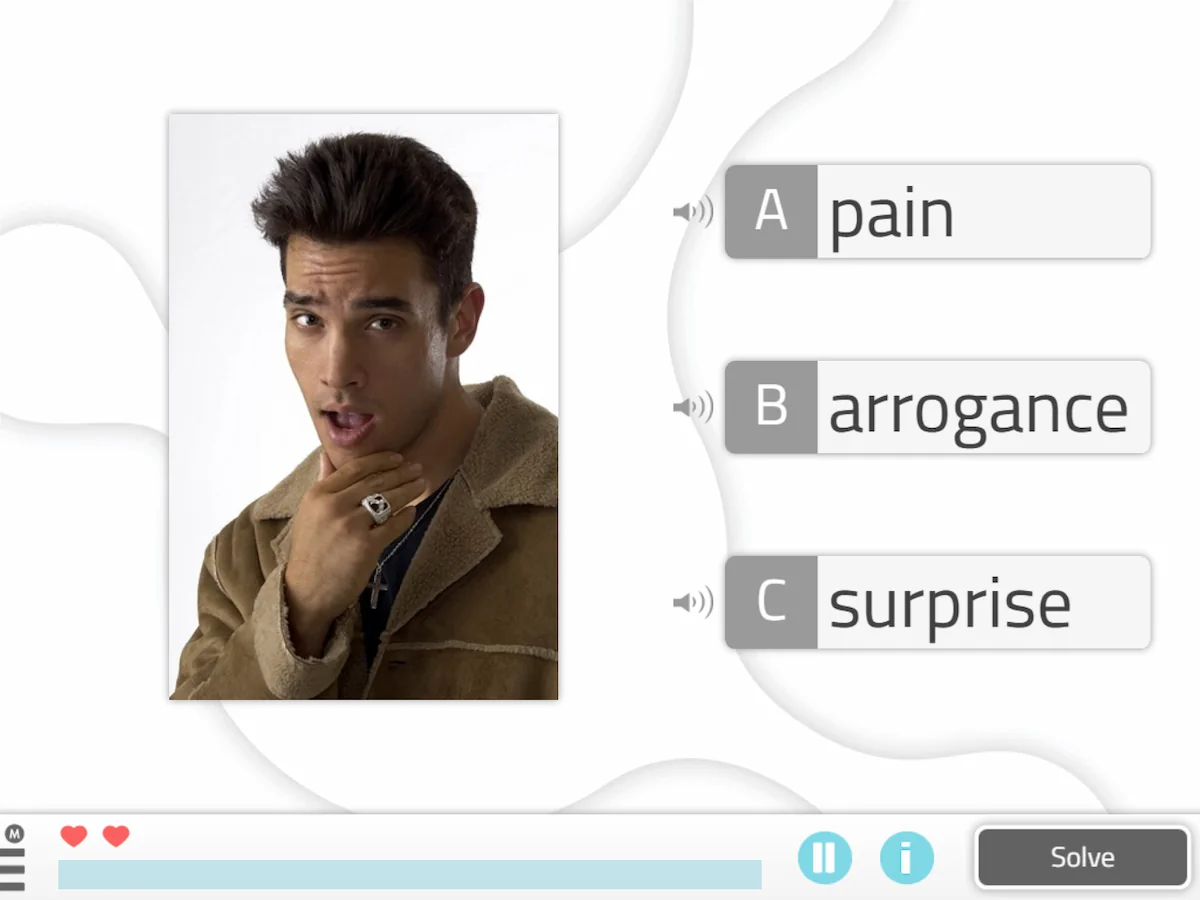
What does this activity work on?
Finally, this activity allows social cognition, vocabulary and reasoning to be worked on.
Play by levels
At the simplest levels it will be easier, since fewer terms will be given to match and there will be no possibility of doubt about the correct option. Whereas, at the more advanced levels, the options and difficulty will be increased.
Format
Like many of the other cognitive stimulation activities for people with intellectual disability, this worksheet is available in digital format and on paper.
If you liked this article about cognitive stimulation activities for people with intellectual disability, you may also be interested in the following information:
“This article has been translated. Link to the original article in Spanish:”
5 actividades de estimulación cognitiva para la discapacidad intelectual
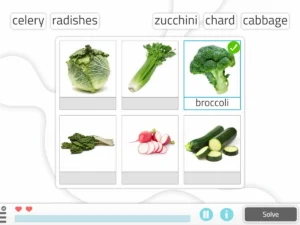
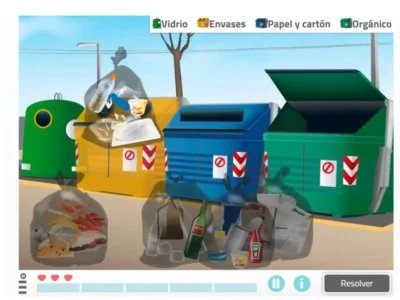
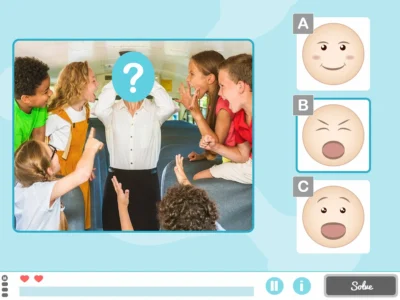
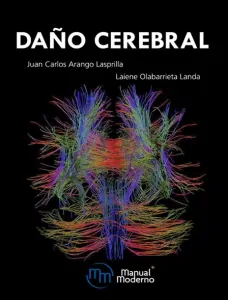

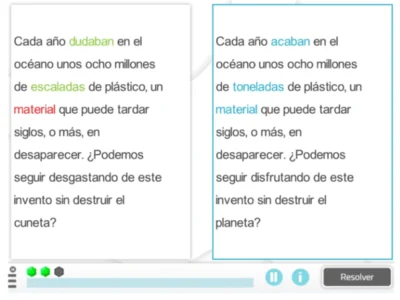

 Cognitive Stimulation Exercises
Cognitive Stimulation Exercises
Leave a Reply